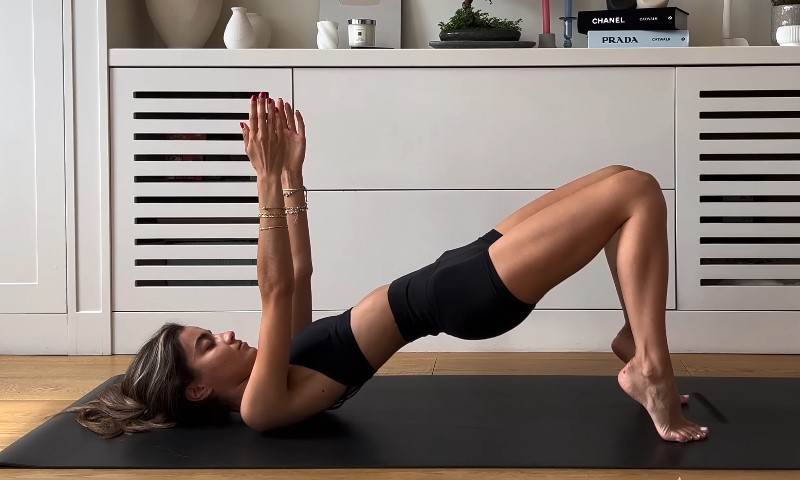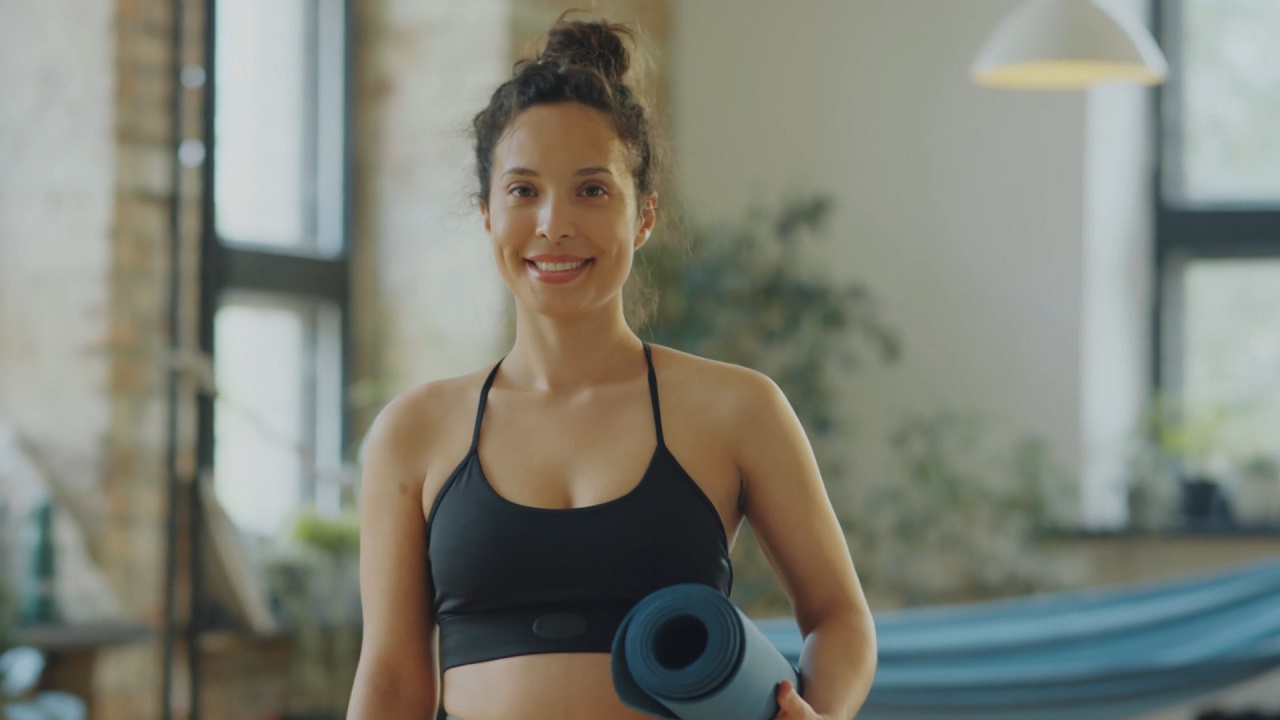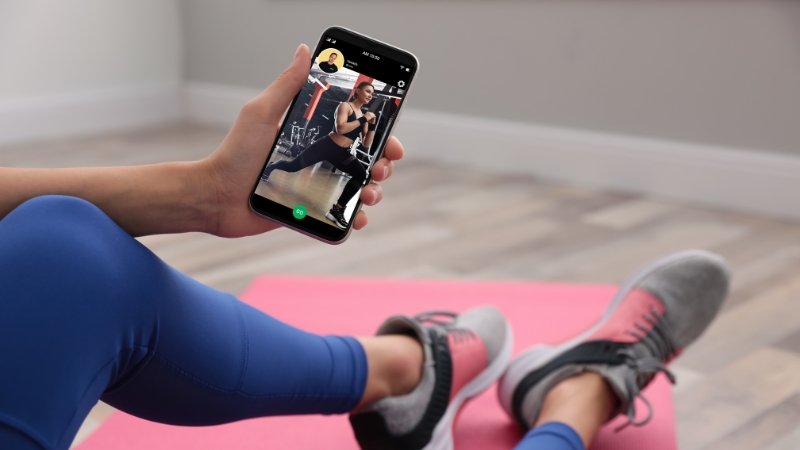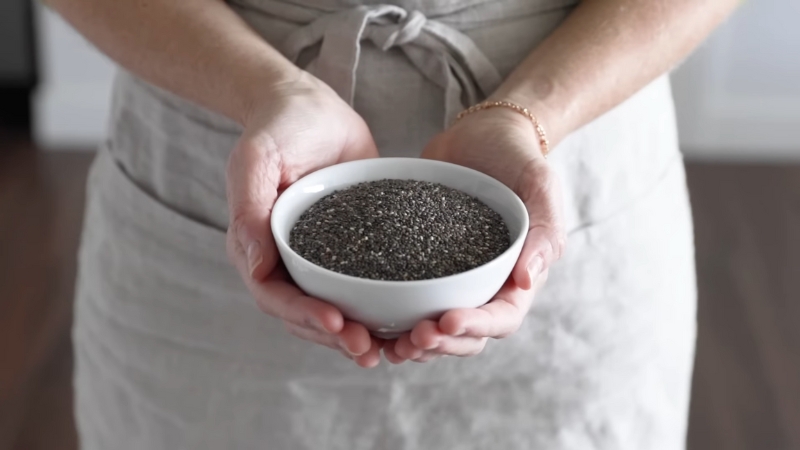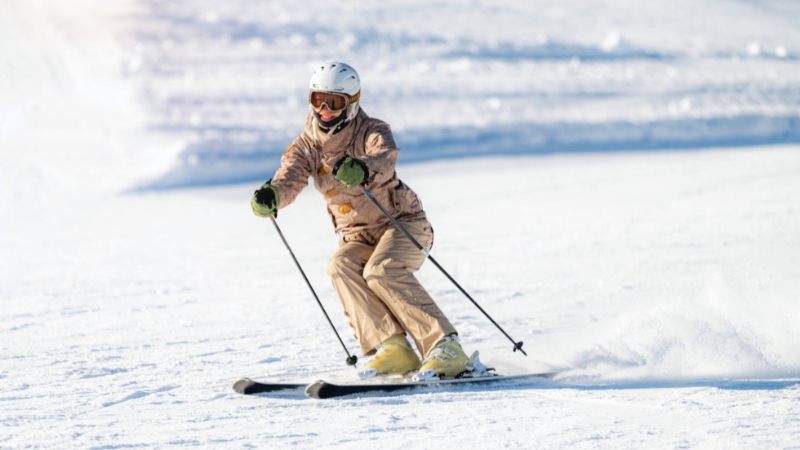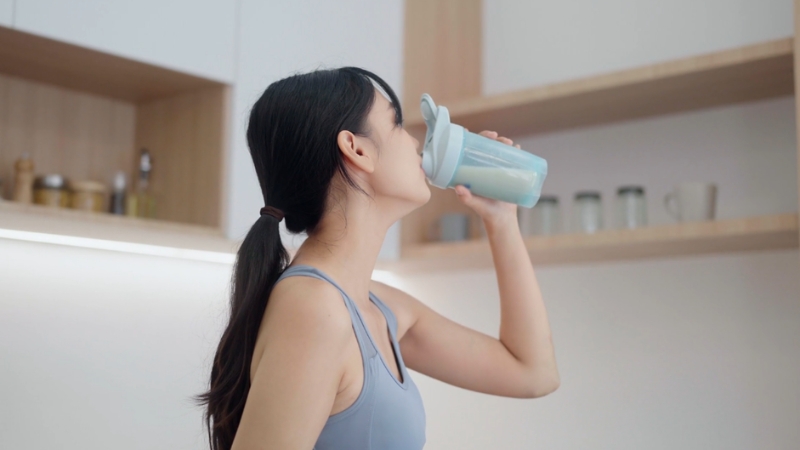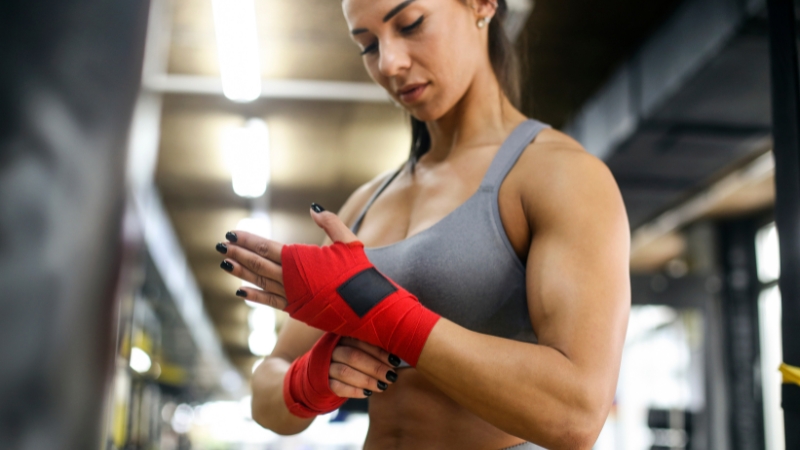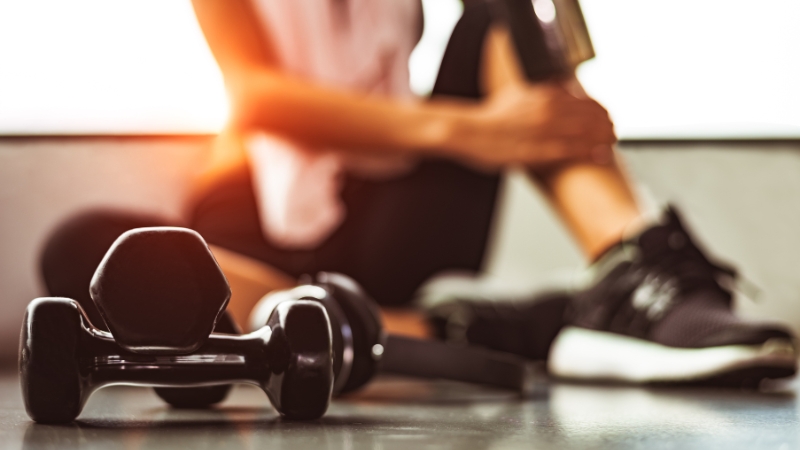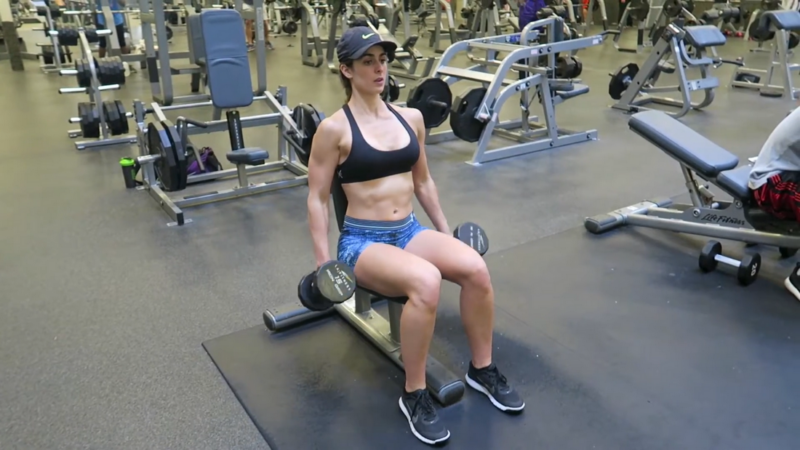
Share Post:
Let’s be real for a second—everyone loves a good arm day. There’s something satisfying about walking out of the gym with your biceps pumped and feeling like a superhero, right? But here’s the thing: if you’re doing the same old bicep curls over and over again, you’re missing out on a seriously underrated arm-building move—the seated hammer curl.
If you’ve never tried it before, don’t worry! It’s not some overly complicated exercise that requires a PhD in biomechanics to understand. In fact, it’s as simple as grabbing a pair of dumbbells, sitting down, and working those arms in a new way that really gets results.
So if you’re ready to add some variety to your arm workouts and hit muscles you didn’t even know existed, keep reading.
Table of Contents
ToggleWhy Seated Hammer Curls Are So Effective
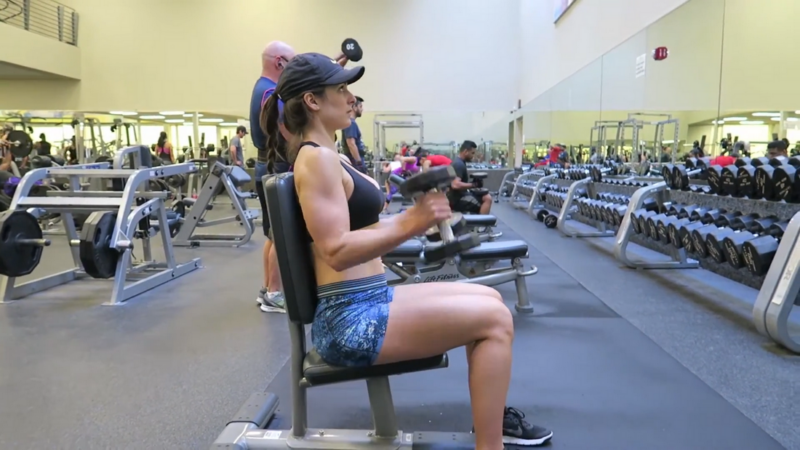
Let’s face it: when it comes to arm exercises, many of us are laser-focused on getting those biceps to pop. Seated hammer curls offer a unique advantage because they target more than just the biceps.
Here’s why seated hammer curls are so effective:
- Isolated Muscle Engagement: The seated position eliminates the temptation to swing your body, allowing you to focus on the arms alone.
- Neutral Grip: This grip hits the brachialis, a muscle often underworked in traditional bicep curls.
- Stability: Sitting down keeps your core engaged and your back straight, which encourages better form and muscle activation.
- Adaptability: They’re easy to modify—whether you want to increase reps, weight, or intensity—without compromising your form.
Muscles Worked
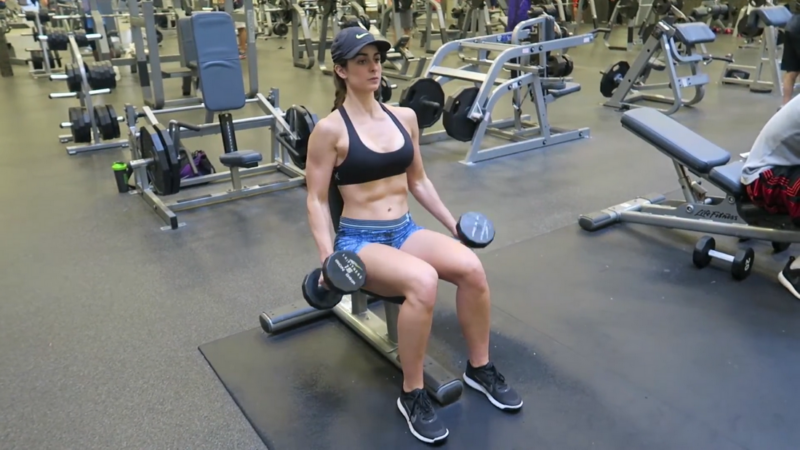
Seated hammer curls are all about getting multiple arm muscles involved in the action. Unlike the standard curl, which emphasizes the biceps brachii (the “show” muscle), hammer curls recruit a wider range of muscles, which leads to a stronger, more balanced arm.
| Muscle | Description |
| Biceps Brachii | The main player in most curl variations. This muscle gives your arms that coveted bulge. |
| Brachialis | Located underneath the biceps, the brachialis plays a huge role in arm strength. Hammer curls target this muscle well. |
| Brachioradialis | Runs along your forearm and aids in elbow flexion. Hammer curls give your forearms a solid workout. |
| Forearm Flexors | Supports grip strength and is actively engaged when holding the dumbbells in a neutral grip. |
Because seated hammer curls engage all of these muscles, they’re excellent for developing both size and functional strength.
The Benefits of Seated Hammer Curls
Now that you know what muscles you’re working, let’s take a closer look at why seated hammer curls are such a killer addition to your arm workout routine.
Improved Arm Strength
First and foremost, hammer curls are a fantastic arm strength builder. The combination of biceps, brachialis, and forearm engagement gives you a more well-rounded strength profile.
Over time, this means you’ll not only be able to lift heavier weights but also increase your performance in other exercises like pull-ups, rows, and even everyday tasks that require upper body strength.
Enhanced Forearm Development
One of the underrated benefits of hammer curls is how effectively they target the forearms. Most people ignore forearm strength, but this area is crucial for a balanced physique and functional grip strength.
Seated hammer curls give the brachioradialis and forearm flexors a significant workload, resulting in better overall arm aesthetics and functional strength.
Strengthening of Grip
Let’s be honest—grip strength can be a make-or-break factor in many exercises, from deadlifts to pull-ups. Seated hammer curls force you to maintain a firm grip on the dumbbells, which strengthens your grip over time. A stronger grip translates into improved performance in other lifts, better control, and fewer plateaus in your training.
Reduced Risk of Injury
Because hammer curls target the brachialis, a muscle that often gets overlooked in traditional arm workouts, you’re developing balanced arm strength. Neglecting certain muscles can lead to imbalances, increasing the risk of injury.
By incorporating hammer curls into your routine, you’re creating stronger, more stable arms, reducing the likelihood of strains and tears down the line.
How to Perform Seated Hammer Curls Correctly
1. Set Up Your Bench
- Sit on a flat bench with your feet firmly planted on the ground.
- Keep your back straight and shoulders slightly retracted.
- Hold a dumbbell in each hand with a neutral grip (palms facing each other).
2. The Curl Motion
- With your elbows close to your torso, curl the weights toward your shoulders.
- Keep your wrists locked in a neutral position throughout the movement.
- Make sure your upper arms remain stationary—only your forearms should be moving.
3. Focus on the Negative
- As you lower the dumbbells, do so slowly and with control.
- The eccentric (lowering) phase is just as important as the lifting part. Resist gravity to engage your muscles fully.
4. Reps and Sets
- Aim for 3 to 4 sets of 8-12 reps, depending on your goals. If you’re training for endurance, you might go higher in reps. For strength, increase the weight and lower the rep count.
Common Mistakes to Avoid
Avoid these errors to ensure you’re maximizing your results and minimizing your risk of injury:
Swinging the Weights
Lack of Full Range of Motion
Don’t cheat yourself by shortening the range of motion. Make sure to fully extend your arms at the bottom of the movement and bring the dumbbells all the way to shoulder height at the top.
Poor Posture
It’s easy to slouch or hunch over when lifting weights. Always keep your back straight, shoulders back, and chest open to avoid unnecessary strain on your lower back and shoulders.
Advanced Variations of the Exercise
Once you’ve mastered the seated hammer curl, you can add some variety to your routine by incorporating these advanced variations:
| Variation | Description | Key Benefit |
| Alternating Seated Hammer Curls | Alternate between left and right arm instead of curling both simultaneously. | Improves muscle engagement and coordination. |
| Slow Eccentric Hammer Curls | Focus on the lowering phase, taking 3-5 seconds to lower the weight back to the starting position. | Increases time under tension, promoting muscle growth. |
| Seated Hammer Curl with Resistance Bands | Add resistance bands looped under your feet to increase tension, especially at the top of the movement. | Adds extra resistance, challenging the muscles further. |
FAQs
In Summary
So, there you have it—seated hammer curls in all their glory! Who knew such a simple tweak to your arm routine could make such a big difference, right? They might not be the flashiest exercise, but trust me, they’re like the secret weapon your arm workouts have been missing.
Related Posts:
- Hammer Curls vs. Bicep Curls - Which is Better for You?
- 10 Benefits of Adding Cable Hammer Curls to Your Workout
- Incline Hammer Curls 101 - Learn The Proper Form & Tricks
- Can You Improve Your Reaction Time? The Techniques…
- How to Improve Neck Alignment Based on Your Sleep Position
- No Equipment Arm Workout - 6 Exercises to Try at Home



